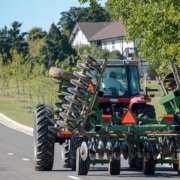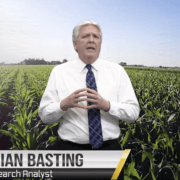Safety: stairs
Stairs are everywhere, and it’s easy to become complacent with safe practices when you deal with them so often. This safety tip is meant to remind you of the basics when ascending and descending stairs and what to watch out for when doing so in order to stay safe and injury-free. LIMIT RISK: Avoid distractions while walking up or down stairs, and always use the handrails.
- Any time you are not paying attention to the task at hand, you are at risk. Try to save checking that text or what time it is for the next floor! Give stairs your full attention!
- Be aware of untied shoelaces, long clothing, stair hopping, and carrying large loads.
- Stair hopping, whether ascending or descending stairs, is adding unnecessary risk to your stair climbing. Take it one step at a time, no matter how strong you are or how much of a rush you’re in.
- When carrying large loads, if possible, ask someone for assistance to minimize the load. Large loads can restrict sight and centre of gravity, both of which are crucial for safe stair practices. Understand how perception of risk can influence your attitudes toward stairs.
- Because you deal with stairs all the time, it’s natural to think that they aren’t as big a risk as they actually are. Be aware that stairs can pose a danger every time you’re on them. Just because you use them often doesn’t mean gravity will let you off the hook!







